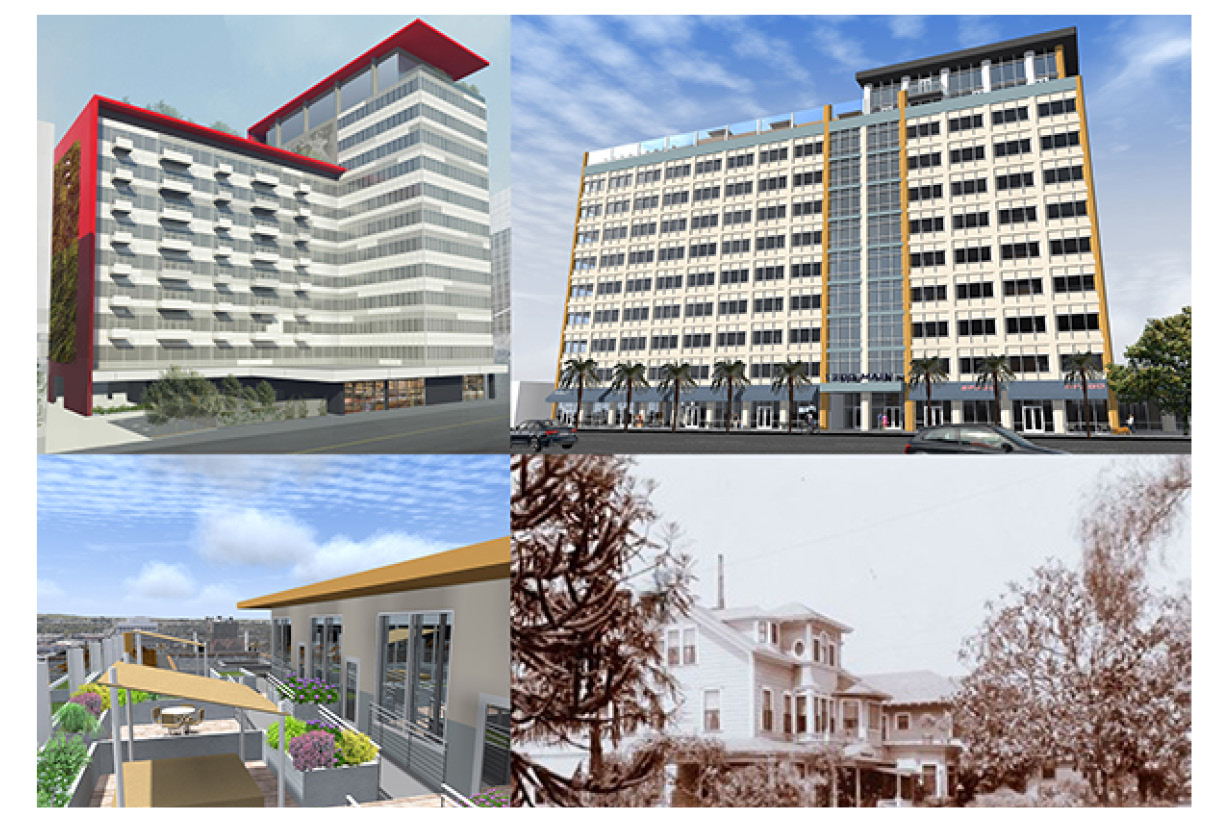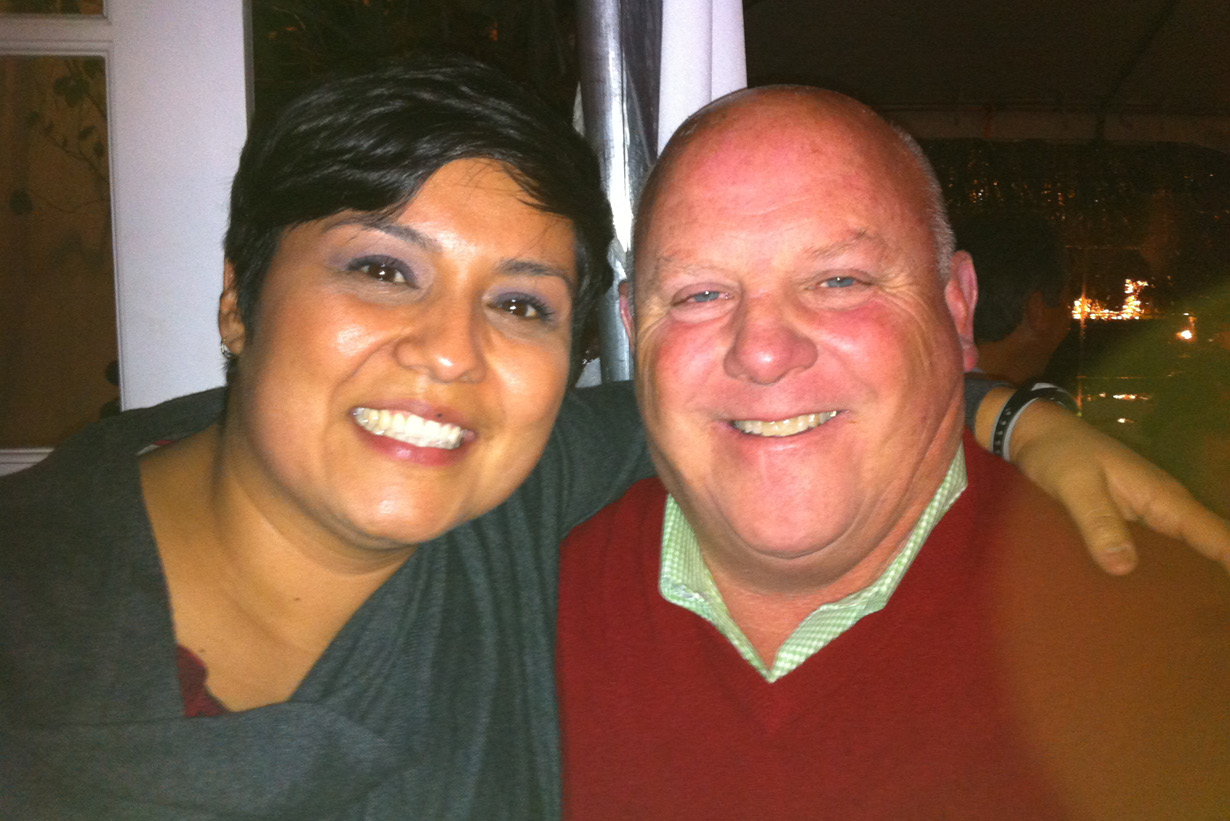For over a decade, KFA has been at the forefront of adaptive reuse architecture in the Los Angeles region. Recent real estate and economic trends have caused a remarkable surge in the development of adaptive reuse of buildings in Downtown Los Angeles and throughout the rest of the City. This is partially due to real estate developers and builders seeking to fulfill the unmet need for housing, hospitality, and creative office space. There is also increasing enthusiasm among Angelenos for urban life, especially along developing transit corridors and a newly emergent Downtown scene, blending old with modern. Historic buildings have been catalysts in revitalizing Downtown, which is an amenity itself with myriad new restaurants, retail shops, theaters, museums, galleries, and markets within walking distance of great housing.
Adaptive reuse is the quickest route to market for developers looking to bring units to the marketplace. In 1999, the City of Los Angeles passed the Adaptive Reuse Ordinance (ARO), which gave developers permit incentives to convert historic, usually-abandoned, commercial buildings into residential projects. Wade Killefer assisted in writing the City policies and standards that are included in the adopted ARO documents. ARO projects do not require an entitlement phase or the construction of new parking; these projects also have more flexible fire/life safety, structural, and disabled access requirements, which contributes to a more streamlined permitting phase and decreased construction costs.
Soon after the ARO was passed by City Council in 1999,Tom Gilmore chose KFA to collaborate on the development of his three-building Old Bank District project. These were the first buildings to benefit from the City’s Adaptive Reuse Ordinance. From 2000 to 2007, KFA completed the adaptive reuse of over 35 older office buildings into residential loft buildings. Then, like many construction projects, ARO conversions fell victim to the Great Recession. With improvements in the economy since 2011, ARO projects have gained momentum throughout Los Angeles.
Adaptive reuse has now taken on a whole new meaning and popularity for older, under-utilized buildings in other parts of Los Angeles beyond Downtown. Developers are now finding properties to redevelop in areas such as Pasadena, Koreatown, Santa Monica, the San Fernando Valley, and even in Orange County.
Downtown, with its wealth of older building, remains the center of the ARO movement. Due to the popularity of these projects and the revitalization of Downtown neighborhoods, DTLA has now become a destination for both Angelenos and tourists. Ten years ago, “loft” apartments dominated the market. Today developers are seeking historic buildings to convert into boutique hotels. Adaptive reuse is definitely back.
An increasing percentage of KFA’s current workload consists of adaptive reuse projects—creatively converting, designing, and modernizing obsolete buildings for residential and commercial use. We work with each developer to maintain the building’s inherent character while inserting new elements, meet program goals, and find cost effective solutions to tricky code issues. It takes thinking and coordinating on a whole different level.
Below is a partial list of our current clients:
Church to Senior Housing
In Long Beach, Immanuel Church is being transformed into senior housing by Thomas Safran & Associates. The KFA team will be converting the main congregation area into new usable community space. The historic pipe organ will be retained as a permanent, unique decorative fixture.
Hotel to Condominiums
In Pasadena, the KFA team will be working together with Heritage Housing to convert a 1890s hotel into new market rate condominiums.
Industrial to Mixed Use Space
- In Chatsworth, KFA is currently designing a live/work campus for MGA on the site of a former LA Times printing plant with offices, a movie studio, retail center and 550 apartments.
Office to Housing
- In Santa Ana, a mostly empty, 1960s 12-story office building is being converted to housing with new penthouse units with a pool and spa on the roof. With the help of John Arnold, the City of Santa Ana is writing its own adaptive reuse ordinance to encourage the redevelopment.
- In Koreatown, KFA is working with Dr. David Lee to convert one of his office buildings into housing while adding new units above the building’s existing parking structure.
- In Boyle Heights, KFA is working with AMCAL to develop the famed Linda Vista Hospital campus into senior housing.
Creative Office Space
- In Hollywood, DLJ and Clarett West have already completed a major structural and interior renovation at the Taft Building. KFA is continuing to work with Clarett West to develop creative office space plans for new and prospective tenants, while also exploring new opportunities for tenant spaces at the basement and roof.
Office to Hotel
KFA has seven boutique hotel projects on the boards, many of which involve the adaptive reuse of historic and industrial buildings. These projects will be explored in the October edition of our newsletter.

